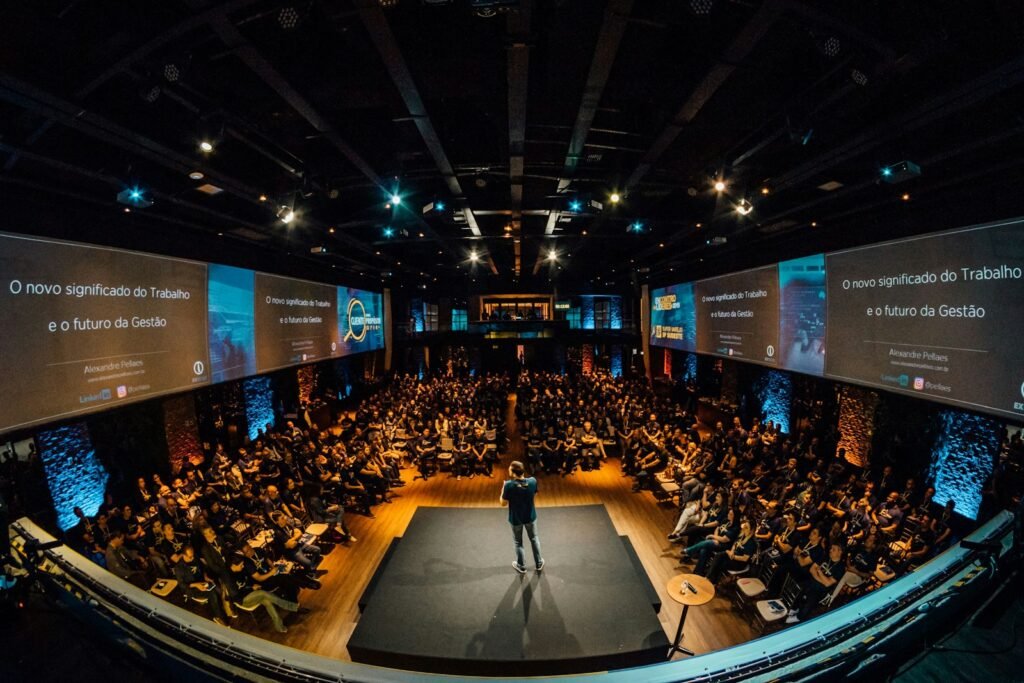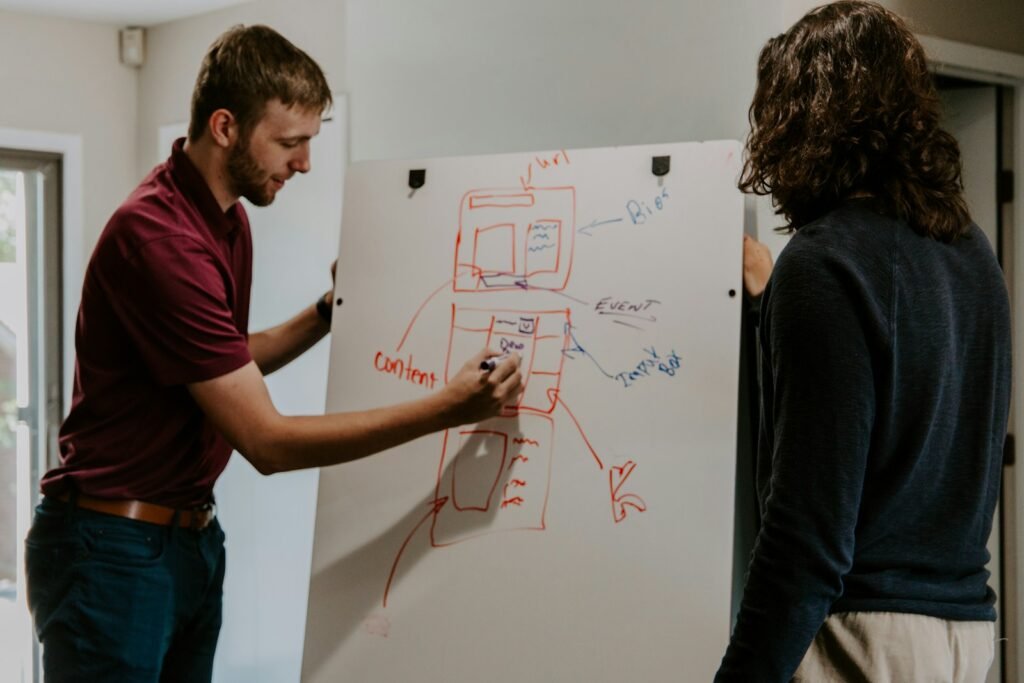
How to Identify Your Speaking Style
When it comes to pinpointing your speaking style, the key lies in uncovering what sets you apart and leveraging those strengths. Are you someone who captivates your audience with intricate tales, or do you lean towards a more data-driven approach? Perhaps your forte lies in sprinkling humor into your speeches, or maybe you thrive on sparking profound contemplation and discourse. Grasping your innate tendencies and inclinations can aid in crafting a speaking style that truly strikes a chord with your listeners.
One avenue to unveil your speaking style is to ponder over past speaking engagements or even seek feedback from those who have been privy to your talks. As Maya Angelou astutely noted, “I’ve learned that people will forget what you said, people will forget what you did, but people will never forget how you made them feel.” Take note of how your words and delivery resonate with audiences emotionally and intellectually. Your speaking style transcends mere words; it also encompasses the lasting impact left on those who listen. By embracing and refining your distinct style, the authenticity and influence of your speeches are bound to soar.
Tips for Managing Pre-Speech Nerves
The feeling of being a tangled mess of nerves before facing a crowd is as common as the craving for that second cup of morning coffee – almost like a ritual for some of us. But fear not, my fellow wordsmiths on the stage, handling those pre-speech jitters doesn’t have to feel like blindly navigating through a maze.
One clever tip to keep those nerves at bay is to remind yourself that the audience is actually cheering you on – yes, really! As the wise Maya Angelou once pondered, “I’ve learned that people will forget what you said, people will forget what you did, but people will never forget how you made them feel.” So take a deep breath, put on a smile, and remember that your words hold the power to make a lasting impact on your listeners. And if those nerves are still fluttering around in your stomach like anxious butterflies, why not try grounding yourself with a powerful pose? Following social psychologist Amy Cuddy’s advice: “Don’t fake it till you make it. Fake it till you become it.” So go ahead and stand tall, channel your inner superhero, and show those nerves who’s in charge!
Crafting a Compelling Opening
When it comes to crafting a captivating opening for your speech, think of it as the key to unlocking a mysterious door – you must entice your audience’s curiosity from the very beginning. Begin with an explosion, not a whisper. As Oscar Wilde famously declared, “The only thing more dreadful than being discussed is not being discussed.” Therefore, ensure that your introduction leaves a perplexing impression.
Consider commencing with a mind-boggling question or a startling fact to draw your listeners in. Keep in mind, you have mere moments to captivate them, so make each second burst with intrigue! As Maya Angelou astutely observed, “I’ve learned that people will forget what you said, people will forget what you did, but people will never forget how you made them feel.” Thus, ignite their emotions right off the bat with an opening that commands attention.
The Power of Body Language
Imagine this: have you ever been told that actions speak louder than words? Well, in the realm of public speaking, your body language holds incredible power in shaping how your message is received. Whether you’re hunched over like a drooping flower or standing proudly like a sturdy oak tree, your posture can convey volumes without saying a single word. According to communication expert Albert Mehrabian, “In face-to-face communication, only 7% of the speaker’s message is conveyed through words, while 38% comes from tone of voice and an astonishing 55% from body language.” So stand tall with shoulders squared, and let your body do the talking before any words leave your lips.
Recall the last time you conversed with someone who avoided making eye contact. How did it make you feel? Likely as though they were distant or disengaged, correct? The same principle applies when you’re on stage or presenting in a meeting. Eye contact serves as a bridge between you and your audience, nurturing trust and connection. In the wise words of Maya Angelou: “I’ve learned that people will forget what you said, people will forget what you did but people will never forget how you made them feel.” Therefore, lock eyes with each listener one by one and witness how this simple act draws them in; leaving an enduring impact long after you’ve exited the spotlight.
Utilizing Visual Aids Effectively
The addition of visual aids can transform your presentation from mundane to magnificent in an instant. They are akin to the final touch on a delectable dessert – they bring everything to life! However, just like any accessory, it’s crucial to use them judiciously. As Coco Chanel famously advised, “Before you step out, look in the mirror and remove one thing.” Similarly, when it comes to visual aids, less is often more. You wouldn’t want to bombard your audience with a barrage of slides resembling a chaotic rainbow explosion. Keep it simple, keep it elegant, and keep it impactful.
When choosing visual aids, consider how they can complement your message rather than detract from it. Remember that you are the focal point of the presentation! Your slides, charts or props should serve as enhancements for your words rather than stealing the spotlight away from you. Regard them as reliable allies standing by to provide support when necessary. In the words of Abraham Lincoln: “The best way to predict your future is to create it.” Therefore, envision a future where your visual aids seamlessly blend with your presentation style; contributing value and insight without overshadowing your exceptional performance.
Practicing with Purpose
In the perplexing journey of preparing for a job interview, a daunting presentation, or simply refining your public speaking prowess, the key to success lies in purposeful practice. Imagine it as honing your tools before creating a work of art every rehearsal is crucial.
Establish specific objectives for each practice session to ensure progress is being made. As the renowned motivational speaker Zig Ziglar once wisely said, “You don’t have to be exceptional from the start, but you must initiate to achieve greatness.” Deconstruct your speech into manageable segments and concentrate on enhancing one element at a time. Keep in mind that Rome wasn’t constructed overnight, yet they were laying bricks diligently every passing hour. Therefore, do not be too harsh on yourself if you falter during practice each misstep serves as a stepping stone towards expertise.
Engaging Your Audience
Imagine yourself in a room filled with eager faces, all waiting for your words to captivate their minds. The secret to keeping them spellbound lies in forging a personal bond. As Peter Drucker once mused, “The most important thing in communication is to hear what isn’t being said.” Observe their subtle cues, decipher their body language, and heed their responses. This will enable you to fine-tune your message and strike a chord with them.
An effective technique to enrapture your audience is by weaving a narrative that resonates with them. Stories possess an enigmatic allure that ensnares attention and etches your words into memory. In the timeless words of Maya Angelou, “I’ve learned that people will forget what you said, people will forget what you did, but people will never forget how you made them feel.” Thus, strive to stir emotions and forge connections through the art of storytelling. Remember, engaging your audience transcends mere speech – it’s about crafting an experience that lingers on in their hearts and minds.
Handling Q&A Sessions like a Pro
Navigating the treacherous waters of a Q&A session can be as perplexing as traversing through a maze of verbal explosions – one moment you’re confidently navigating a question, the next you’re blindsided by an unexpected twist that leaves you speechless. But fret not, dear speaker, for honing the skill of mastering Q&A sessions like a seasoned pro is not an impossible task. Recall the wise words of Winston Churchill, who once remarked, “Courage is what it takes to stand up and speak; courage is also what it takes to sit down and listen.” So take a deep breath, summon your inner strength, and let us plunge into the chaotic realm of audience inquiries.
Above all else, embrace the erratic nature of Q&A sessions. These moments are not meant to trip you up but rather to showcase your ability to think on your feet with agility. In the immortal words of Maya Angelou, “I’ve learned that people will forget what you said; people will forget what you did; but people will never forget how you made them feel.” Use each question as an opportunity to forge a deeper connection with your audience. Remember, this is more than just reciting information; it’s about engaging in meaningful dialogue. Let your genuine self shine through, sprinkle in some humor for good measure, and witness as your Q&A session evolves into an unforgettable exchange that lingers in their minds long after it ends.
Dealing with Unexpected Challenges
As you stand poised and confident, ready to dazzle your audience with your speech, imagine the jolt of surprise when the unforeseen crashes into your carefully laid plans. Picture the projector malfunctioning or the sudden realization that your cue cards are nowhere to be found. Panic is not an option! Remember, as they say, “The show must go on!” Embrace the pandemonium with a smile and a resilient spirit. After all, some of life’s most memorable moments arise from unexpected twists and turns.
In times of unexpected turmoil during a presentation, channel your inner quick-thinker and adapt like a seasoned pro. Keep calm and acknowledge that flawlessness is not synonymous with humanity. As Maya Angelou astutely observed, “I’ve learned that people will forget what you said, people will forget what you did, but people will never forget how you made them feel.” Your genuineness and poise in challenging situations can make a lasting impression on your audience members. So welcome the surprises with open arms, respond gracefully on-the-fly, and transform obstacles into opportunities for connection and personal development.n

